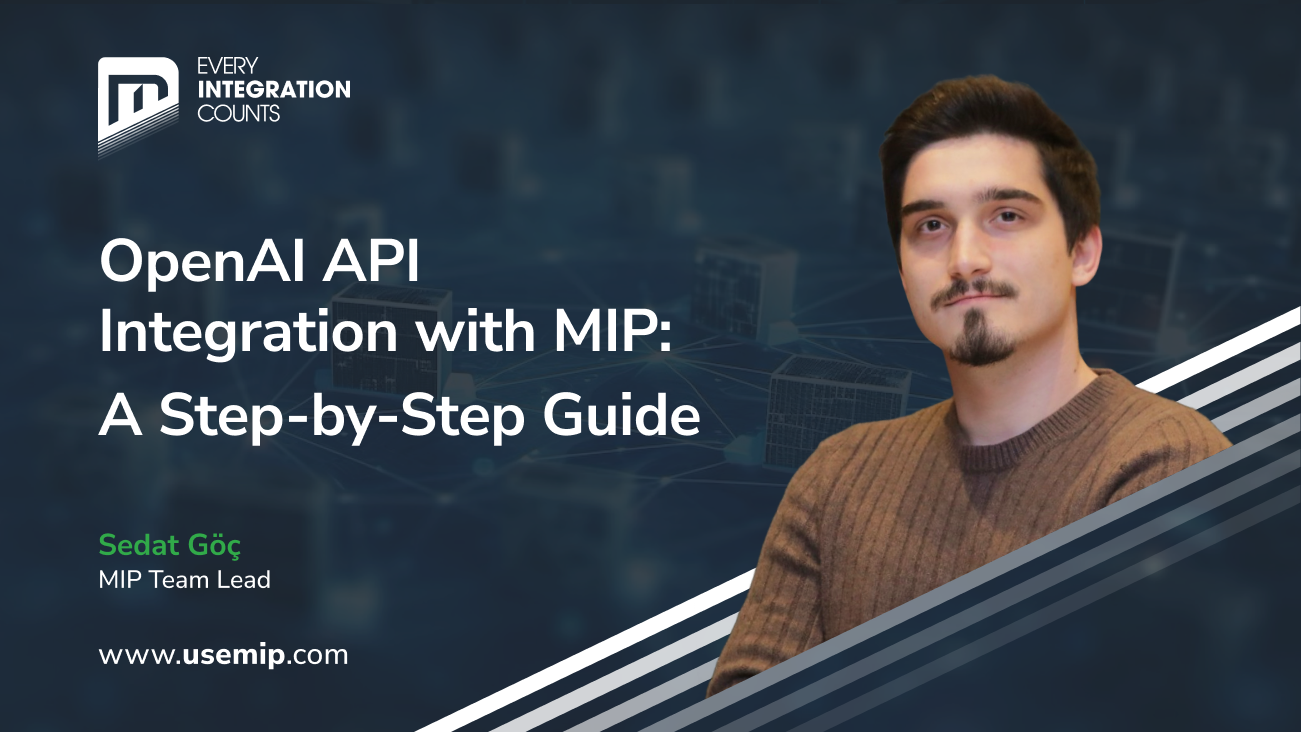The world of Enterprise Application Integration is changing and evolving every day. With the rise of digital transformation, various types of enterprise application integration become more important than ever. In this blog post, we will discuss the importance, different types and benefits of enterprise application integration.
What is Enterprise Application Integration?
Enterprise Application Integration (EAI) is a process that provides data sharing and coordination of workflows by integrating incompatible software applications and hardware systems. In other words, it enables data flow between different software. Integration is very important to improve the functionality of the existing system that the enterprise has and to successfully change the working process. EAI seamlessly shares data across the entire enterprise, increasing transparency and efficiency within the enterprise.
Why is Enterprise Application Integration Important?
As a business grows, it starts using more software, including enterprise resource planning (ERP) solutions. Without an integration platform, communication and data transfer between these software becomes difficult, complex, and inefficient. Integration allows data to flow accurately and automatically, eliminating inefficiencies.
For example, important data captured in one application must be entered manually in other applications. When data is changed in one application, it must be entered manually, as it will not be automatically reflected in other applications. When an application needs data from another application, this data must also be entered manually. These inefficiencies cause slow execution of business processes and delays.
Application Integration solutions aggregate all application data to form a centralized network. It automates data transfer and communication between software, making the process easier to run. For example, EAI connects all processes such as accounting, finance, marketing, supply chain management and customer relationship management to run efficiently.
Enterprise application integration systems have a wide variety of solutions. Businesses have the opportunity to purchase various solutions according to their needs from leased cloud-based server, on-premises data centers and third-party providers. EAI software development, service-oriented architecture, and data integration can all be customized according to the needs of the organizations.
How Enterprise Application Integration Works
EAI solution has basically three components to enable businesses to streamline and automate business processes, increase efficiency, and break through silos. These components consist of integration engines, data integration tools, and business process management (BPM) tools.
- Integration Engines: They are software applications that enable communication between different applications and systems. It uses a variety of protocols and technologies to connect applications, including integration engines, connectors, agents, and gateways.
- Data Integration Tools: These tools perform data extraction, transformation, and loading between different applications and systems. It also ensures that the data of all systems of a business is consistent and accurate.
- Business Process Management (BPM) Tools: are business process management tools that automate business processes and increase productivity. These tools allow processes to be defined and tracked.
What Are the Types of Enterprise Application Integration?
A number of different models have been developed to facilitate communication between solutions. These models differ in complexity and functionality depending on the specific needs of a business.
The 5 most common Enterprise Application Integration types are as follows:
Point-to-point integration:
Point-to-point integration is the simplest EAI model. It uses script to extract data from one application, change its structure or format, send data to a different application. This model can be effective and efficient in businesses with few applications. However, as the number of applications increases, it will be insufficient to keep systems connected.
Hub-and-spoke integration:
At the point where the point–to–point integration model is insufficient, the hub-and-spoke integration model comes into play. All applications are connected to a central hub and are a more scalable and flexible model of EAI. Hub–and–spoke integration eliminates the need to program independent dependencies between apps. However, directing the data to the correct application is done manually by the employees.
Enterprise service bus (ESB) integration:
It is the most advanced EAI model where all the applications the business uses are connected to a central ESB. ESB eliminates the need for human intervention and manual entries. Bus integration uses developed standards to enable data flow between applications. It also ensures the transmission and reception of data according to the current operating rules and policy of the enterprise. It greatly simplifies data management by making data movements automatic and secure.
Integration Middleware:
Middleware is the category of software in which any application or system mediates to provide the inter-system communication process. The middleware supports data transfers, data management environments, and data aggregation operations between multiple applications that allow programming and communication connections. It also solves the custom input and output processes used to bundle multiple systems and synchronize data.
Microservices:
The microservices architecture is the applied standard for the online distribution of cloud-based EAI implementation. Organizations can capture each deployed microservice using APIs and transfer the incoming data to the required targets and databases. In this way, they enable more efficient deployment of online-based business applications.
MIP is an iPaaS solution that offers integration services designed to meet the integration needs of businesses. It offers features that enable businesses to collect comprehensive, scalable, and automated remote real-time data. Its user-friendly interface simplifies integration processes. Contact us for more information on MIP!







